Sports car photography usually happens in specific settings such as motorshows, official events, race tracks etc., where lights, crowds, fences and limited access to restricted areas are an issue. Doing the same on the street, however, is no less challenging as things happen unpredictably and, unless taking photograph of parked vehicles, there is no time to compose.
In this photograph of a Ferrari F8 Tributo, the framing makes the car the focal point, and even though the door on the left adds a bit of visual clutter, it doesn’t detract from the overall result.
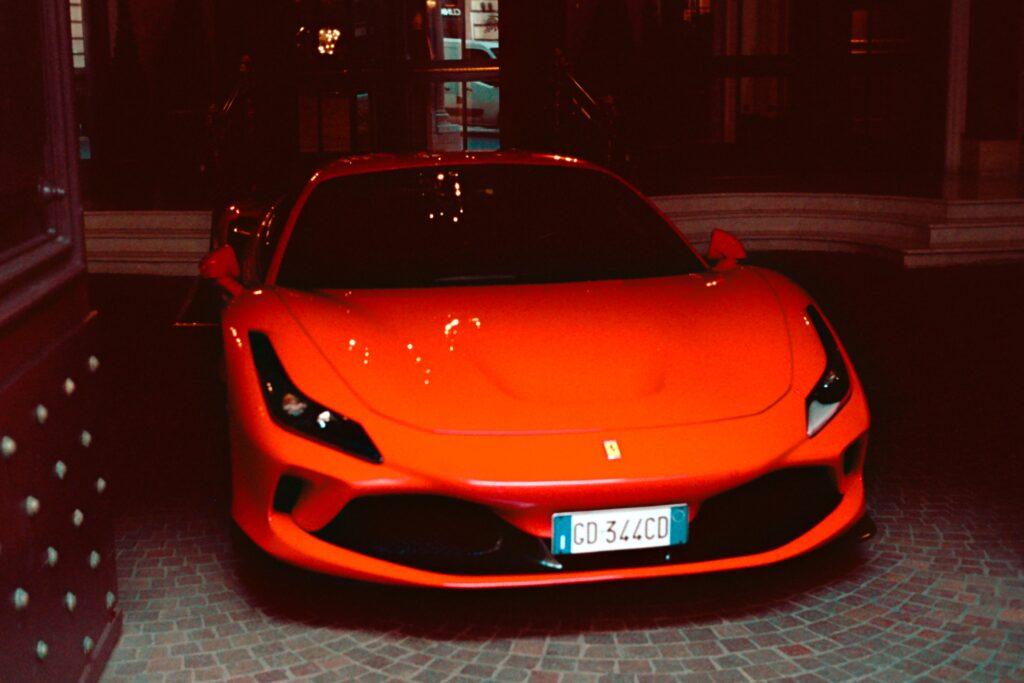
The following image illustrate the trade-offs of reacting in real time as the moment happens. My peripheral vision spotted this Ferrari 812 Superfast before I could actually ‘see’ it. Muscle memory kicked in and I raised my smartphone to take a close-up shot. The result is not terrible, but had I seen the Superfast earlier, I might have had the chance to frame a better composition.
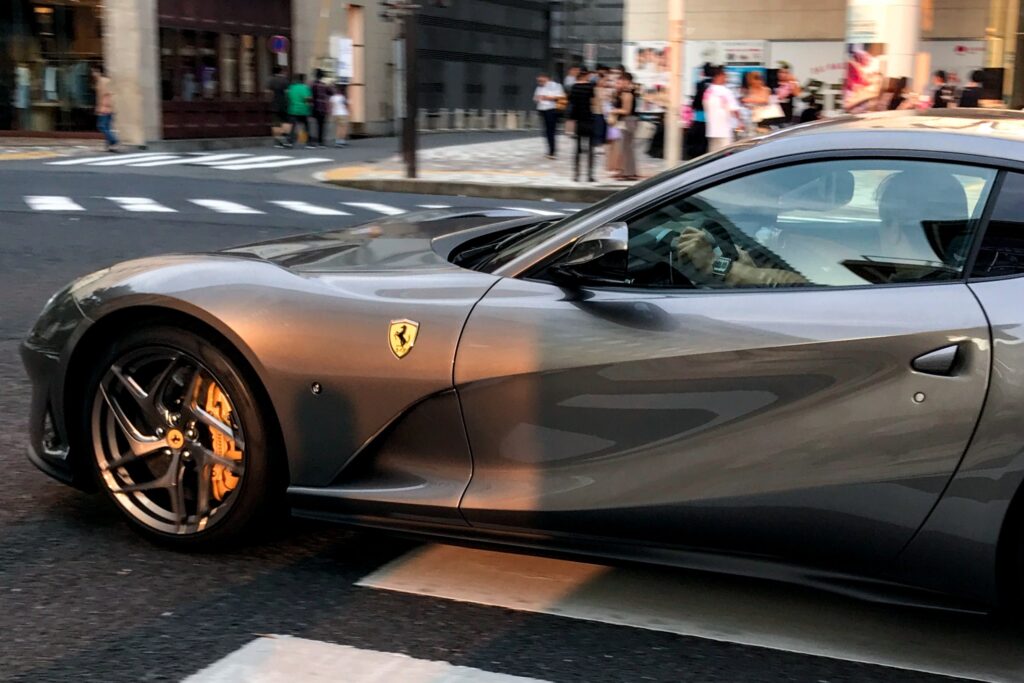
In this photo of a 458 Italia, also taken on the fly, quality is the main theme. The demanding lighting conditions pushed the smartphone’s capabilities to the limit. A camera would certainly have done a better job, but not having one at hand the alternative was not to take the photo at all.
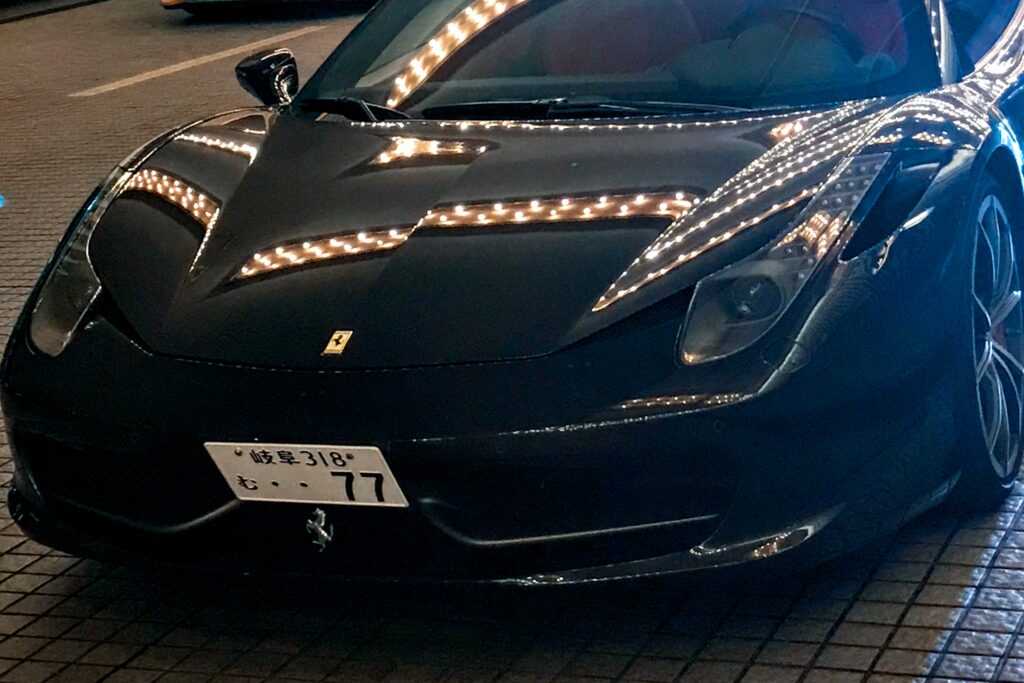
This photograph of a Ferrari Purosangue was taken in the fairest possible condition. The engine had been started but the car was not yet moving, I had a ‘proper camera and lens’ and the owner gave me permission to take the picture, so I could take my time.
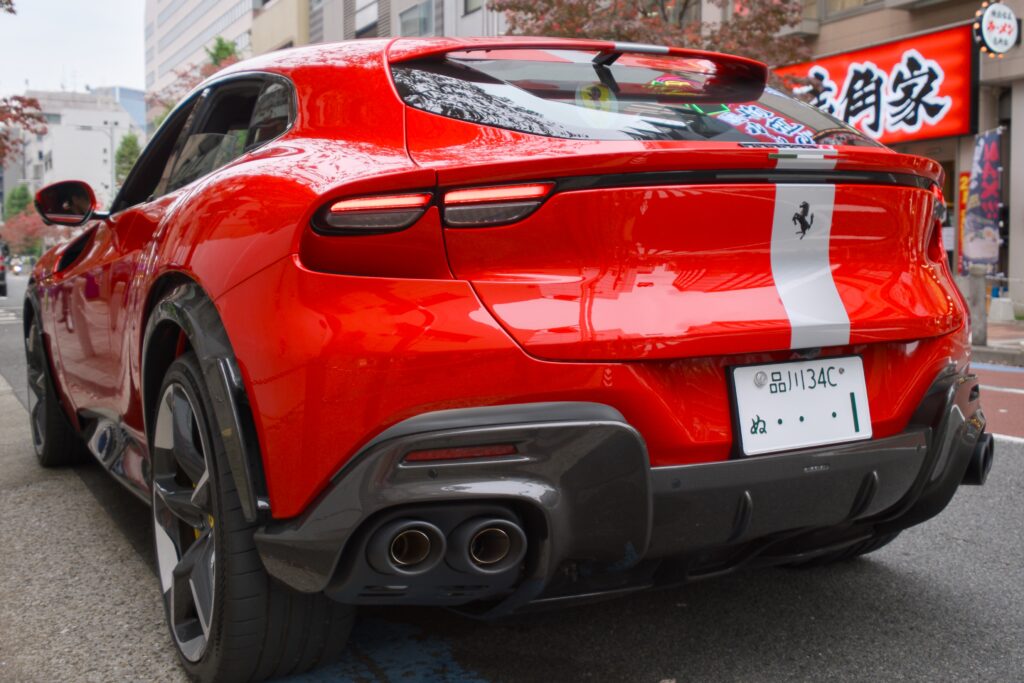
Back to film (Kodak TMax 100): the cluttered background made the composition difficult and the reflections made the lines of the car less visible. In this case I could not take my time. The car was parked near the entrance to a luxury hotel on Rome’s Via Veneto, and the hotel attendant standing there gave me an unfriendly look.
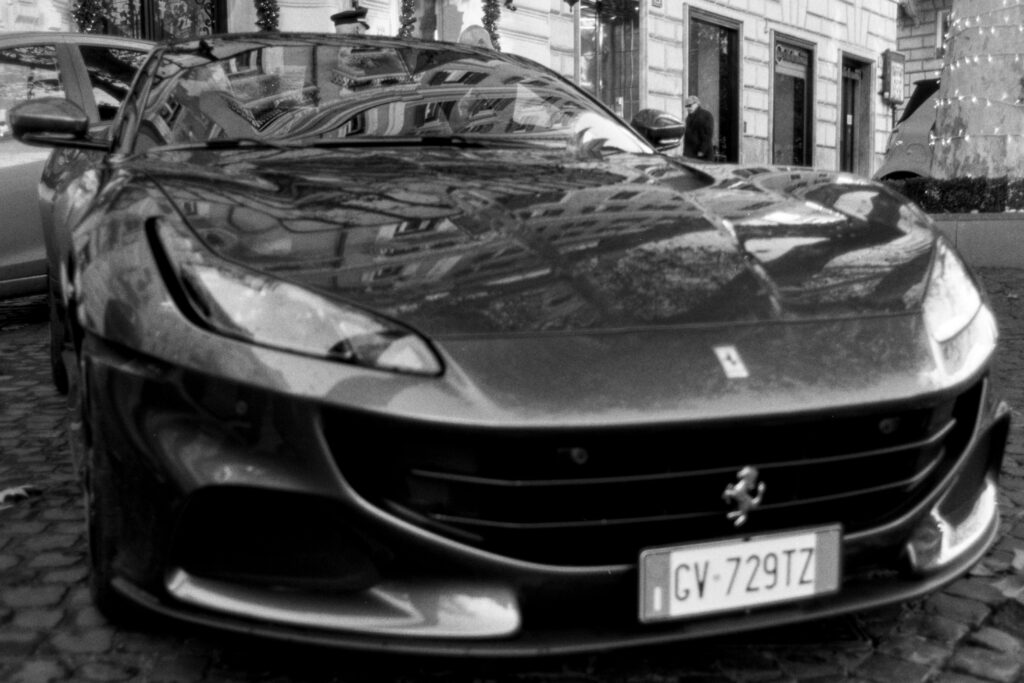
To sum up, unpredictability is the main factor that makes shooting sports cars in urban environments challenging. Compared to other spontaneous subjects, such as those portrayed in ‘ordinary’ street photography, and unless a photographer lives in ‘high places’, sports cars do not appear on the streets very often. The result is that you cannot just rely on your reflexes to get the shot, because the moment might disappear before you have the camera ready. Being ‘always on’ is also not an option, as it is unlikely that a person can stay 100% alert while walking down the street.
However, it can help to look at the distance rather than concentrating on a few metres ahead to see what is coming. Junctions and traffic jams are also good places to look, as they allow you to anticipate the presence of a sports car that will be moving in the next few seconds. In this way, it could be easier to have the camera ready with the right settings, rather than relying on the camera’s automatic system.
A post scriptum on the title. Perhaps ‘streets’ would have been a better choice than ‘roads’, but the overall result would have sounded less good.
Share this post:
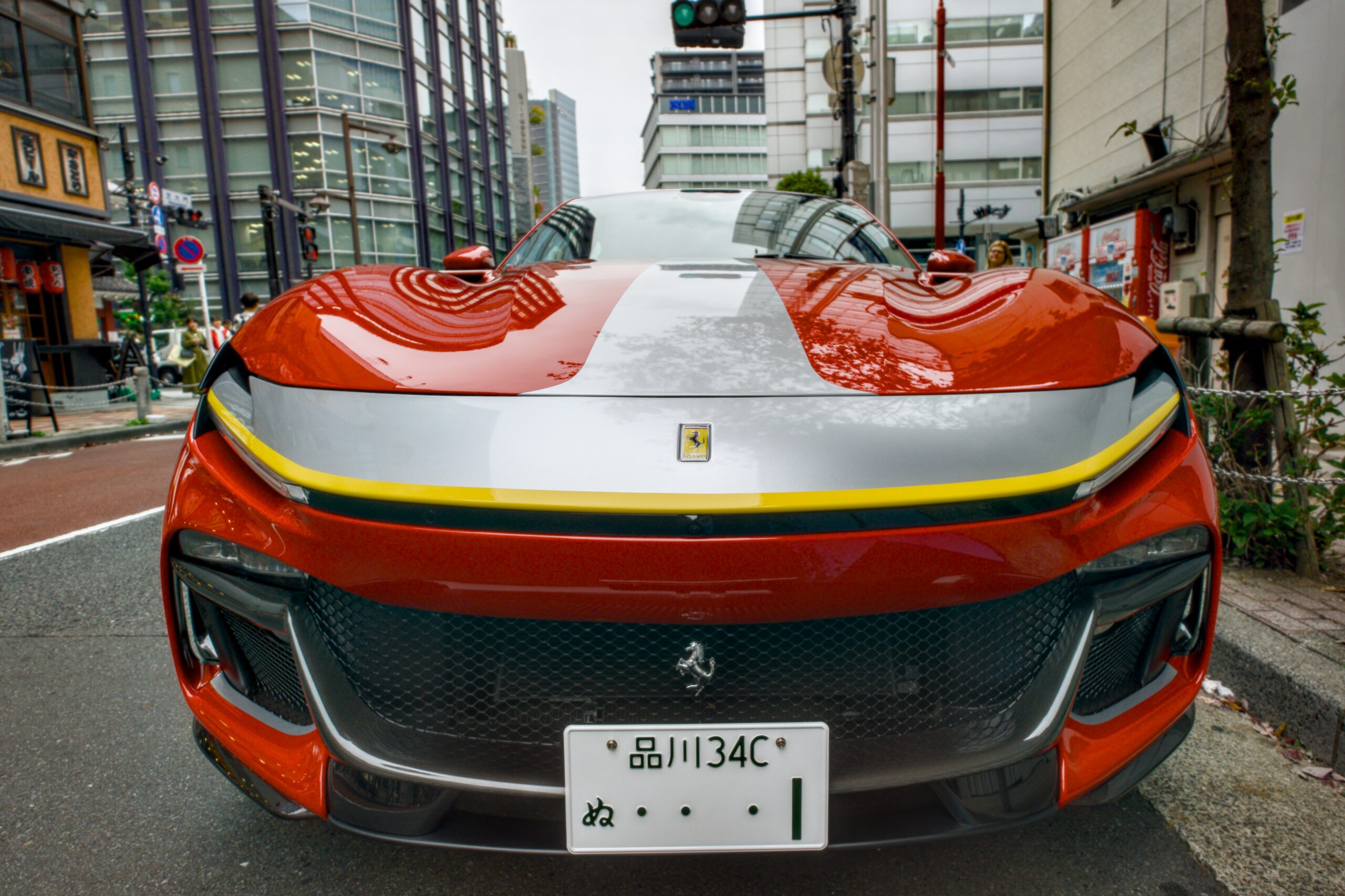
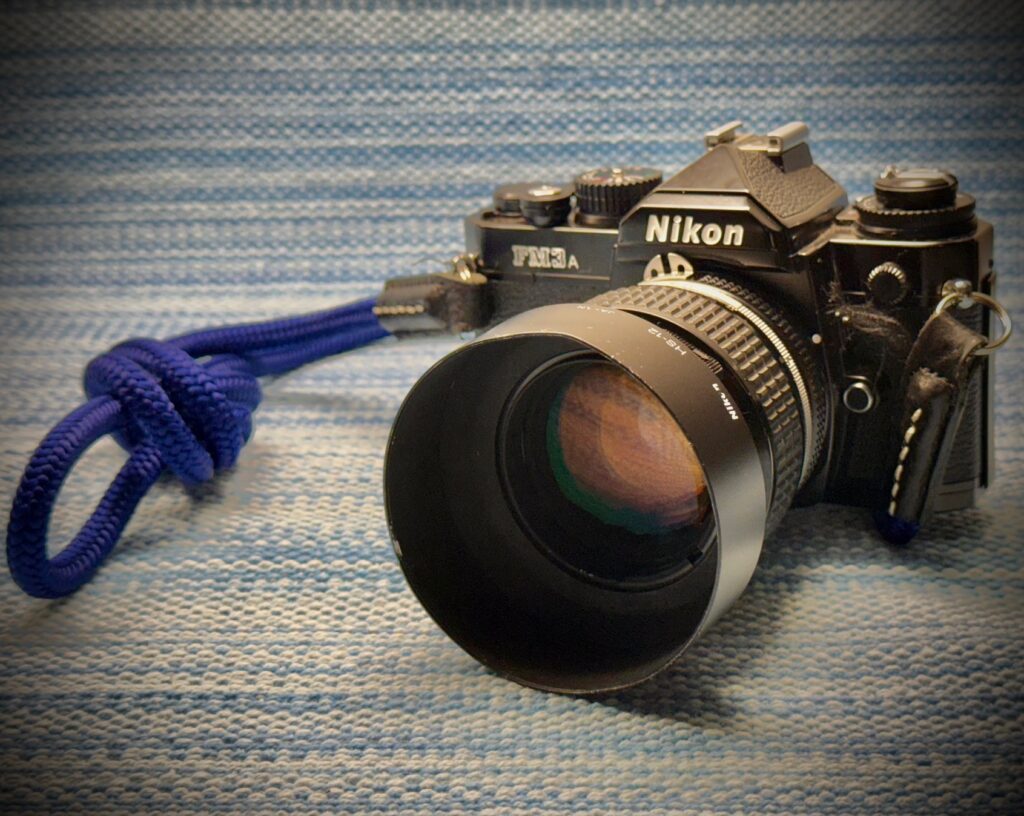
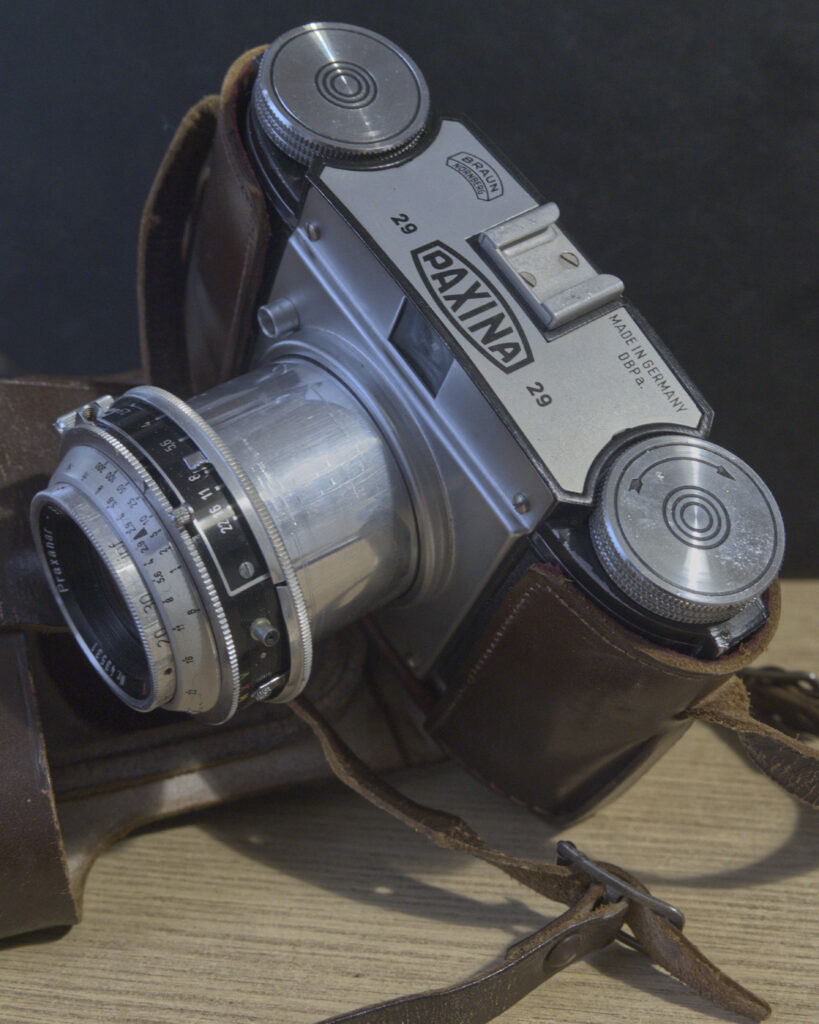
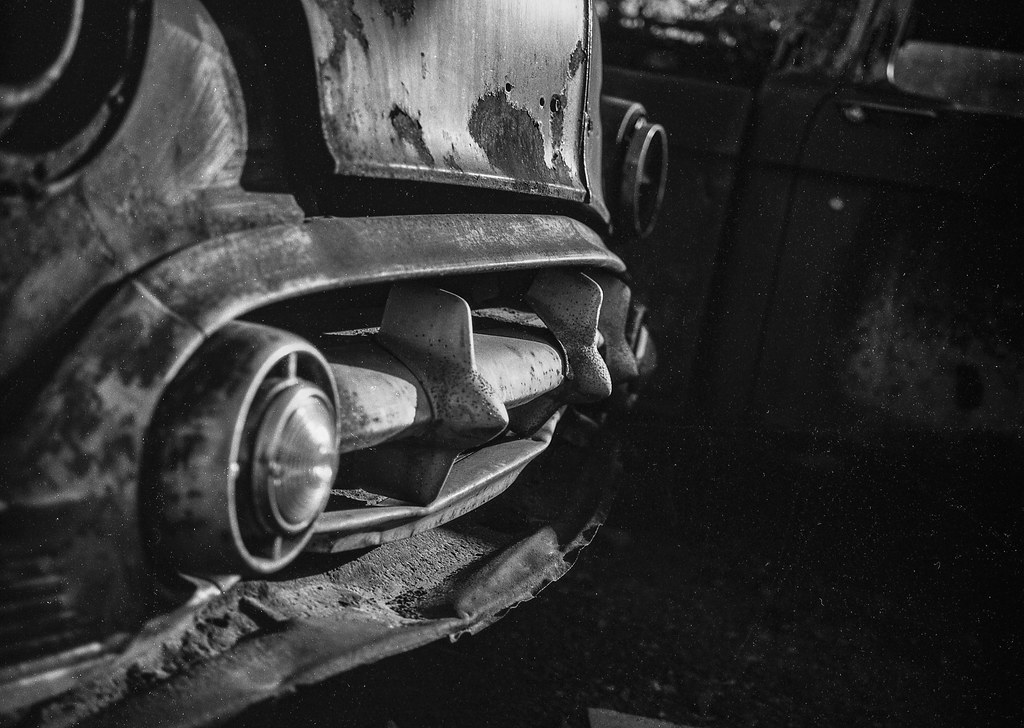
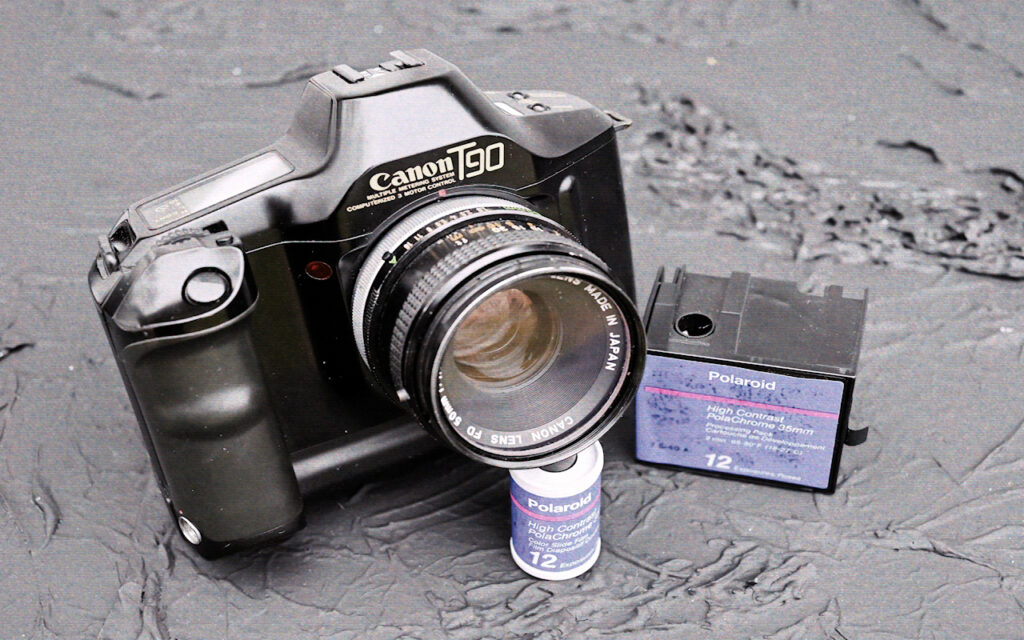
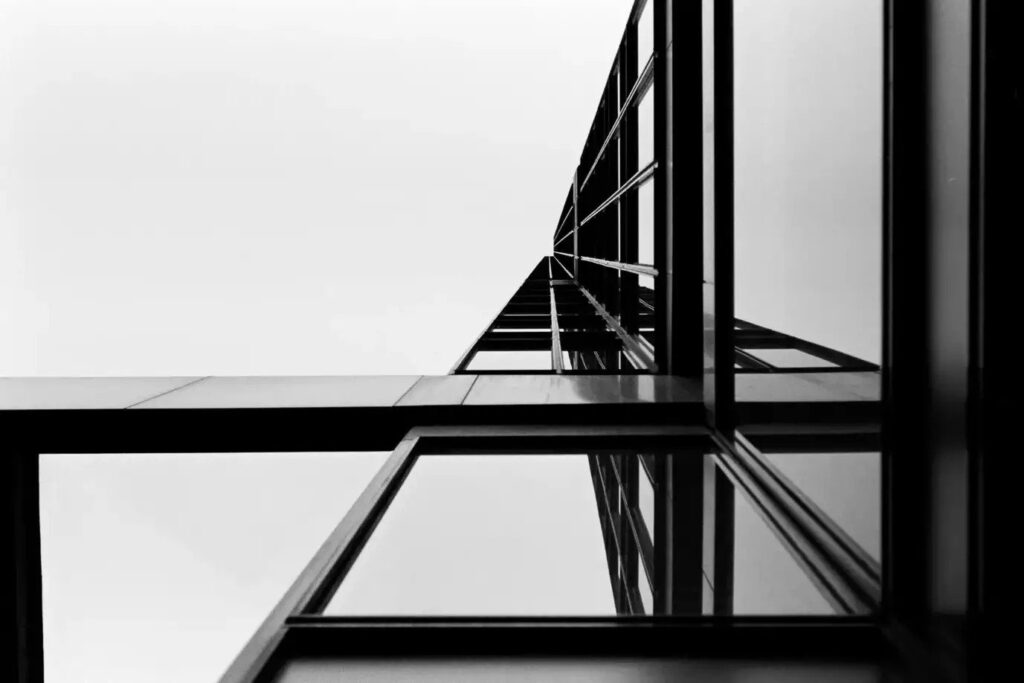
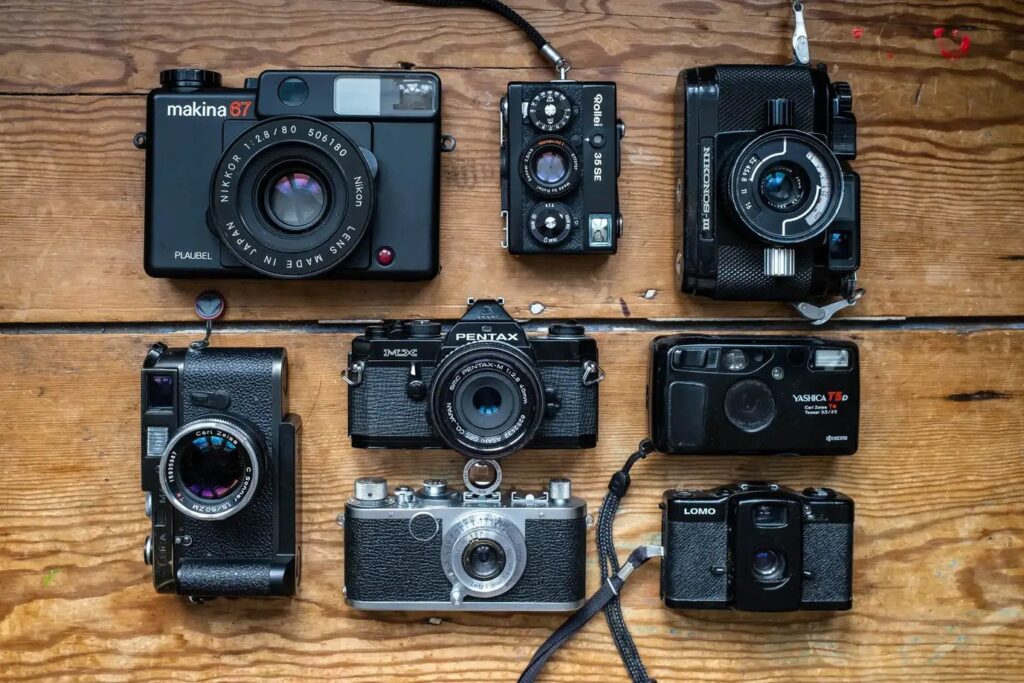
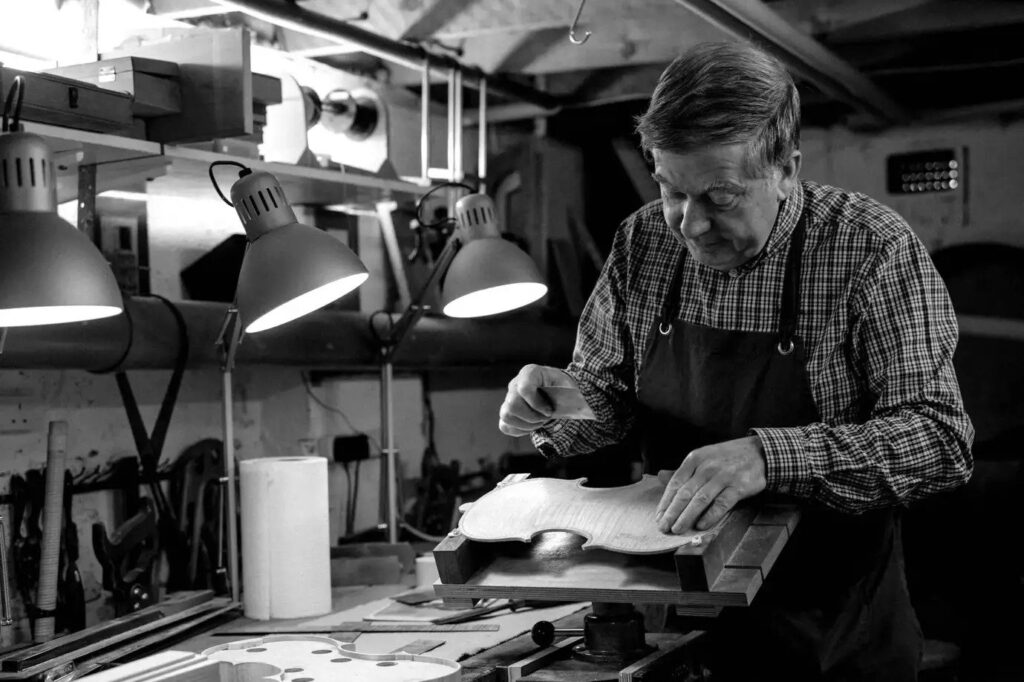
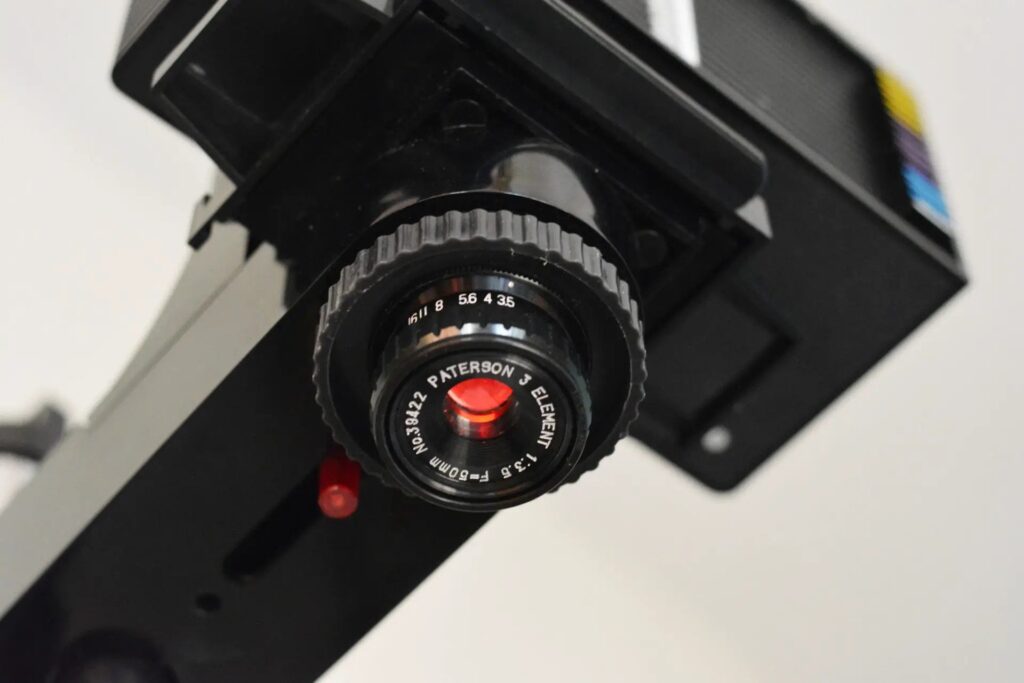
Comments
Gary Smith on 5 Frames with various cameras – Ferrari On The Road(s)
Comment posted: 20/02/2025
...not having the desire for one allows me to indulge in cameras.
Thanks for your article Andrea!